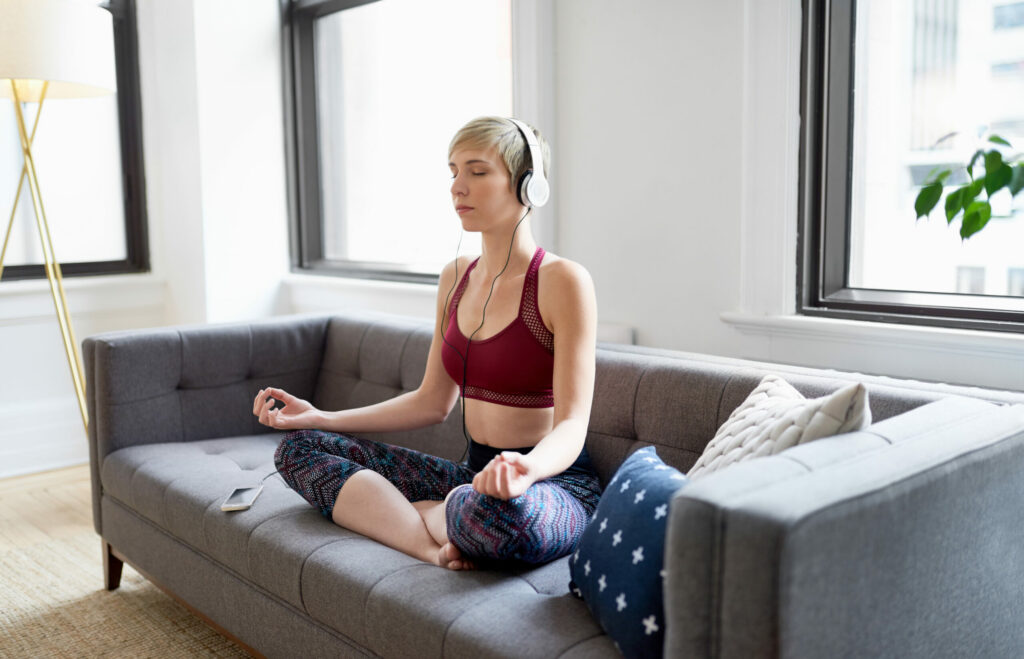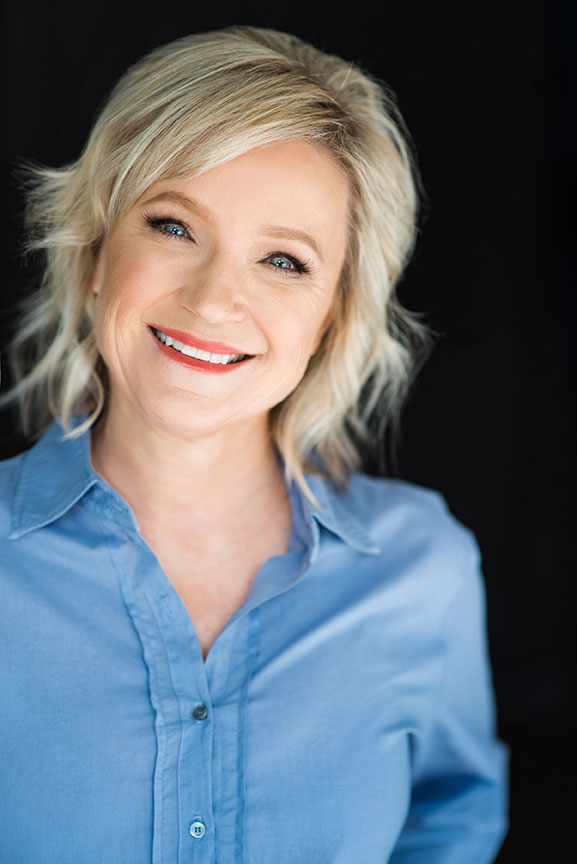Tackling Clutter with Mindfulness
- Published: Wednesday, March 4th 2020
- in Living Well

To better understand why clutter keeps us from living mindfully–and is a leading cause of stress–we reached out to Tracy McCubbin, author and founder of dClutterfly. As Tracy says, “If you simply get rid of clutter without addressing the often-unconscious emotional reasons as to WHY it’s there – guess what? The clutter will creep back into your home, and your life.” We explore Tracy’s mindful approach to living clutter free in this inspiring Q&A.

What is the mindfulness-clutter connection? (Hint, endless to do lists.)
Mindfulness is the practice of maintaining a moment-by-moment awareness of our thoughts, feelings, bodily sensations, and surrounding environment, through a gentle, nurturing lens. The more stuff we have, the more we have to think about, deal with and process. Studies have shown that the brain’s ability to process clutter is limited. The more we have, the more we cease to see it. We literally check out from our clutter. We’re not even aware of the toll it’s taking on us. Raising our stress levels. Creating endless to do lists. Filling our time with clutter tending tasks. Making it almost impossible to be mindful about our living space.
How do our homes and offices become clutter zones?
“How did my home get like this?” This is often the first thing a new client will say to me as they take me on a tour of their cluttered home. While they point out corners stacked with Amazon boxes and clothes full of clothes with tags still on them, I often think, “Well, you brought it all in.” Every single item in your home, you are responsible for it being there. We are accountable to our stuff. And having lots of stuff makes it difficult to live mindfully.
Tracy explains that clutter is nothing to be ashamed about and why it’s not necessary to have a Pinterest perfect house.
In your book, you talk about two emotional clutter blocks that get in the way of living in the present. Can you explain?
After working with thousands of clients, I have identified what I call the 7 Emotional Clutter Blocks. These are the stories we tell ourselves about why we can’t let go of the stuff we don’t need, want or use. Two of these clutter blocks keep us living in the past, future not in the present. Which in turn keeps us from living with mindfulness:
Clutter Block #1 – “My Stuff Keeps Me Stuck in the Past.
This clutter block tells us our best days are behind us with clothes we don’t fit into anymore. Trophies from games we don’t remember playing in. Photos of old partners reminding us of failed relationships. Always looking backwards, not being in the moment. Letting go of this kind of clutter will help you be in the now, not the past.
Clutter Block #4 – My Fantasy Stuff for My Fantasy Life.
This clutter block has us buying things for the life we think we should be living. All the equipment for rock climbing even though we are afraid of heights. Crafting supplies for the crafts, we aspire to do but know we don’t have the time, or frankly the desire. This kind of clutter has us looking to the future, of the life we wish we were leading. Not the life, we are living now. In this perfect moment.
When we are constantly managing our clutter, either because we have too much of it or our home is full of things we don’t need, want or use, then we are flung into the past or transported to the future but never living in the mindfully in the moment. Decluttering is an exercise in being an active participant in our present lives. Joyfully living in each moment.

Find out more about the dClutterfly approach in Tracy’s new book:
Making Space, Clutter Free: The Last Book on DeCluttering You’ll Ever Need.



